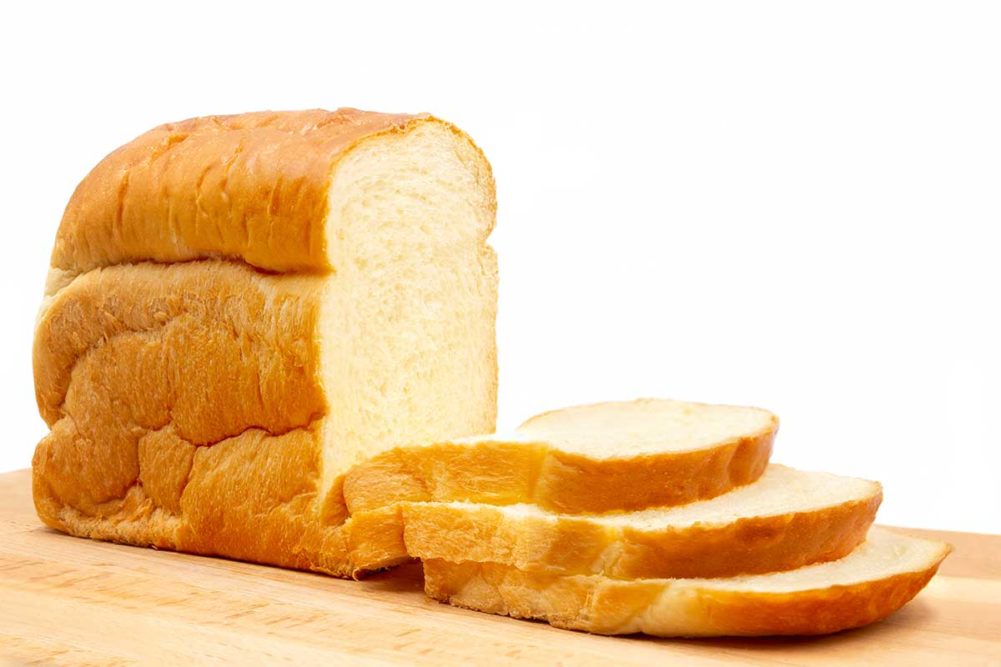During the past few years, supply chain challenges have impacted many streams of vital ingredients, and starches have not been immune. That left bakers turning to ingredient suppliers for advice on how to either replace their go-to starch ingredients or remove them altogether, which is no small feat for such functional ingredients.
“In recent times, major world events, including the pandemic and conflict in Ukraine, have affected transportation and availability of commodities, ingredients and processing aids used in modified starches, but we are seeing a return to normal supply conditions,” said Julia DesRochers, PhD, senior principal scientist, Tate & Lyle.
With starch supply more reliable, it’s imperative not to forget the lessons learned during such a tumultuous time. Not all starches are created equal, but there are a lot of them to choose from based on what functionality a baker requires for their finished product. That’s why whether choosing a starch ingredient for a new formulation, replacing a starch or optimizing its functionality, bakers need to do their homework.
“Starch is a highly functional ingredient,” said Tanya Jeradechachai, vice president of research and development, MGP Ingredients. “Wheat, potato, tapioca, corn and rice, all these starches perform differently in food systems, and modification makes them even more complicated. Even how we name these ingredients isn’t necessarily explanatory, so it can be difficult for bakers to find the right match.”
Despite their technicalities and the wide variety of starches at bakers’ disposal, these ingredients are extremely functional and can provide a lot of improvement in the mixing bowl and the finished product’s texture and shelf life. But with such far-reaching applications, understanding starches requires a lot of considerations regarding process and formulation.
Switching starch ingredients — whether due to price increases, a desire to clean up the label or supply chain issues — can come with its own issues of trying to maintain functionality or finished product characteristics.
“Work with your ingredient supplier to understand possible options,” said Shiva Elayedath, principal technical account manager for starch, Cargill. “As a first step, it’s important to identify exactly what functional roles the starch performs in your product, and if you change it, understand the compromise that will likely result.”
This article is an excerpt from the November 2023 issue of Baking & Snack. To read the entire feature on Starches, click here.





